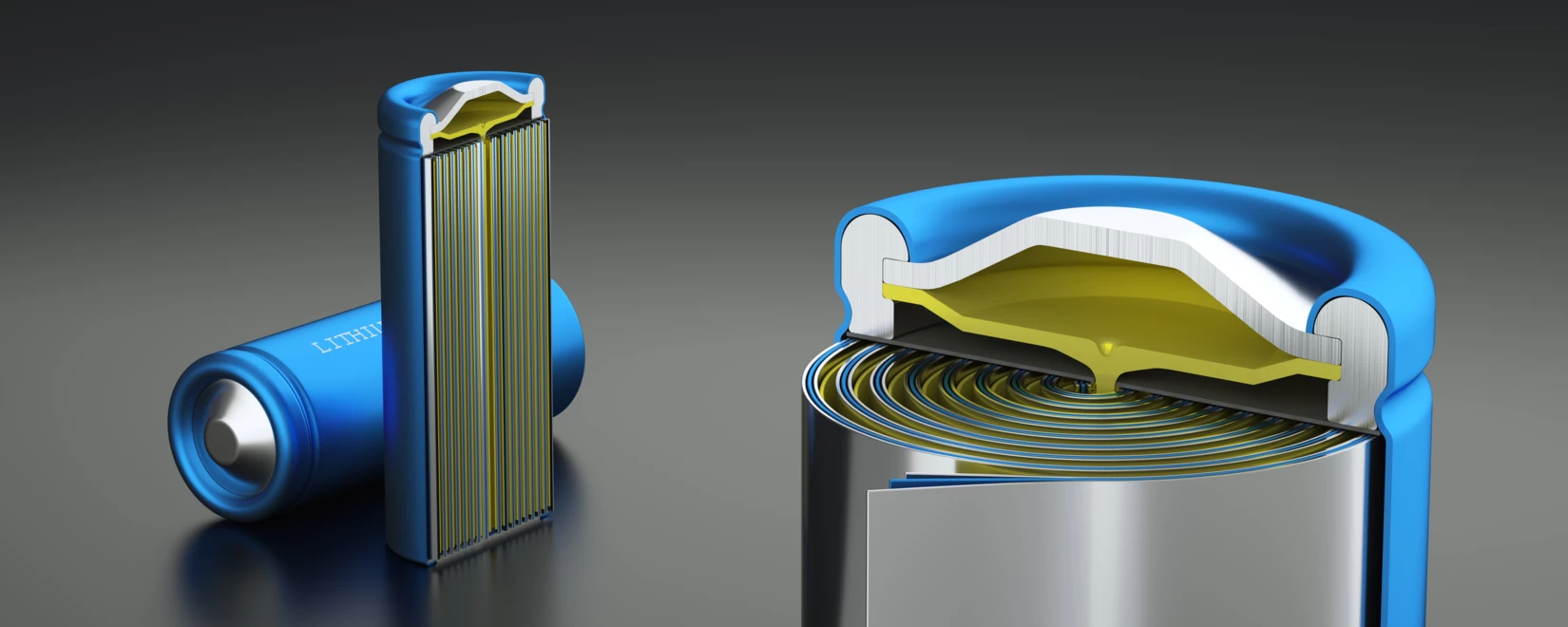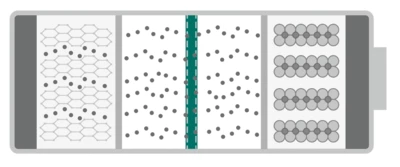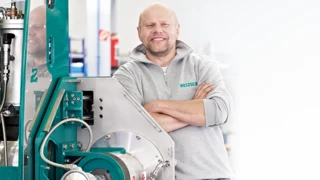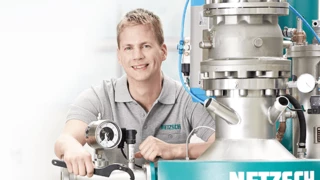
Process
Main components of LiBs cell
The goal is to develop ever more powerful batteries that feature increased capacity, a longer lifetime, shorter charging times, lower weight and size.
Lithium ion batteries are basically comprised of a negative electrode (anode), a positive electrode (cathode) and a separator membrane. The individual electrodes are made up of conductor foils that are coated with a mixture of binders, active materials and additives (battery slurries). For more efficient energy storage and energy output, it requires of sophisticated analysis of the characteristics of component of batteries.

It is necessary to analyze the thermal properties of separator, electrolytes, cathode and anode to suit the design of each battery. For example, one can measure the heat capacity and thermal conductivity of electrodes with the same pore size, or analyze the thermal behavior of the electrodes under high pressure. This allows you to develop methods for batteries quality control.




